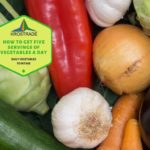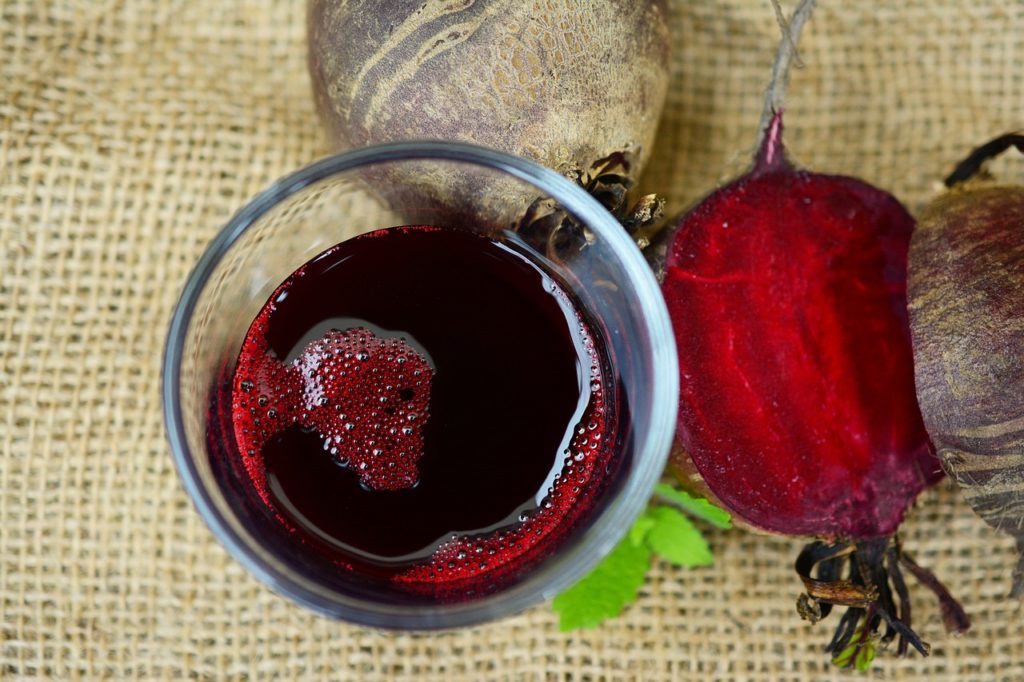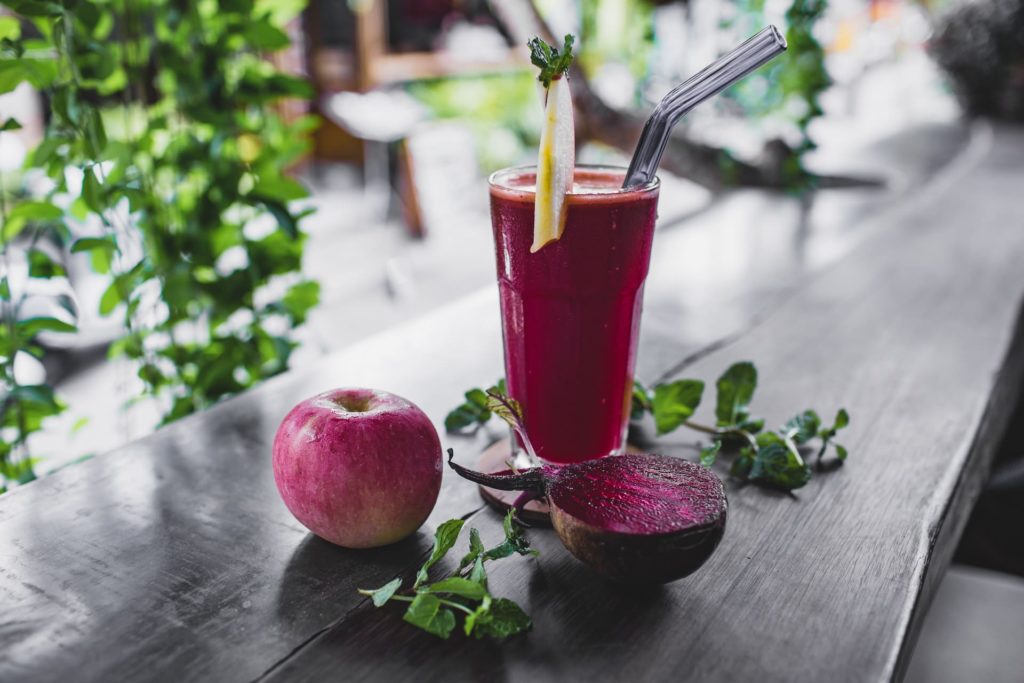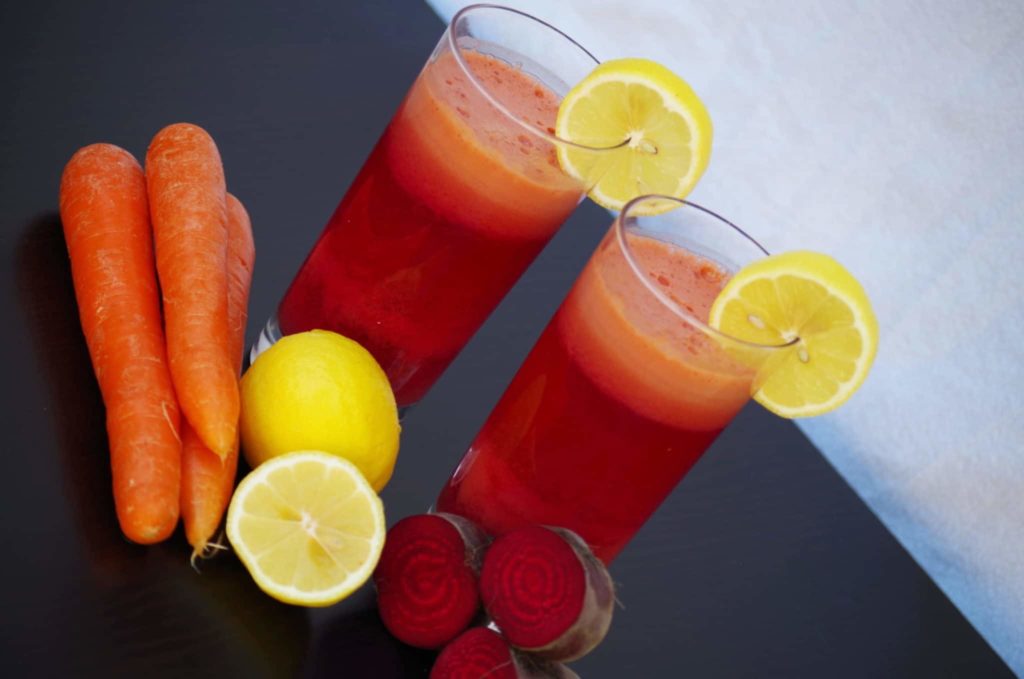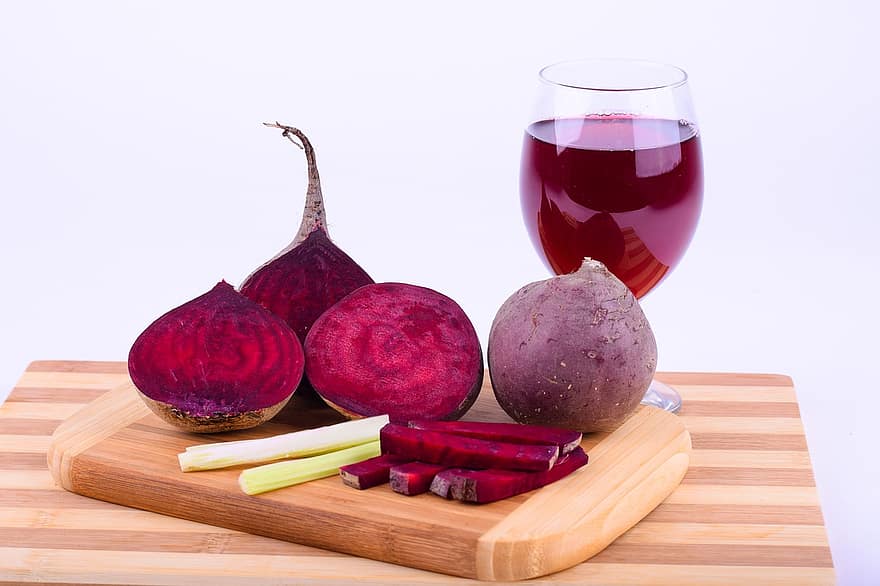You can interpret the phrase, “you are what you eat,” as the foods we eat influence how our bodies work. If you want to know what to eat to beat diseases, the list comprises berries, lemons, greens, tomatoes, beans and legumes, cauliflower, horseradish, garlic, onions, ginger, and sage. You can grow them yourself in the UK using a polytunnel, so you only have to acquire seafood, beef, poultry, and dairy. Even chicken, turkey, and rabbits, you can quickly grow yourself.
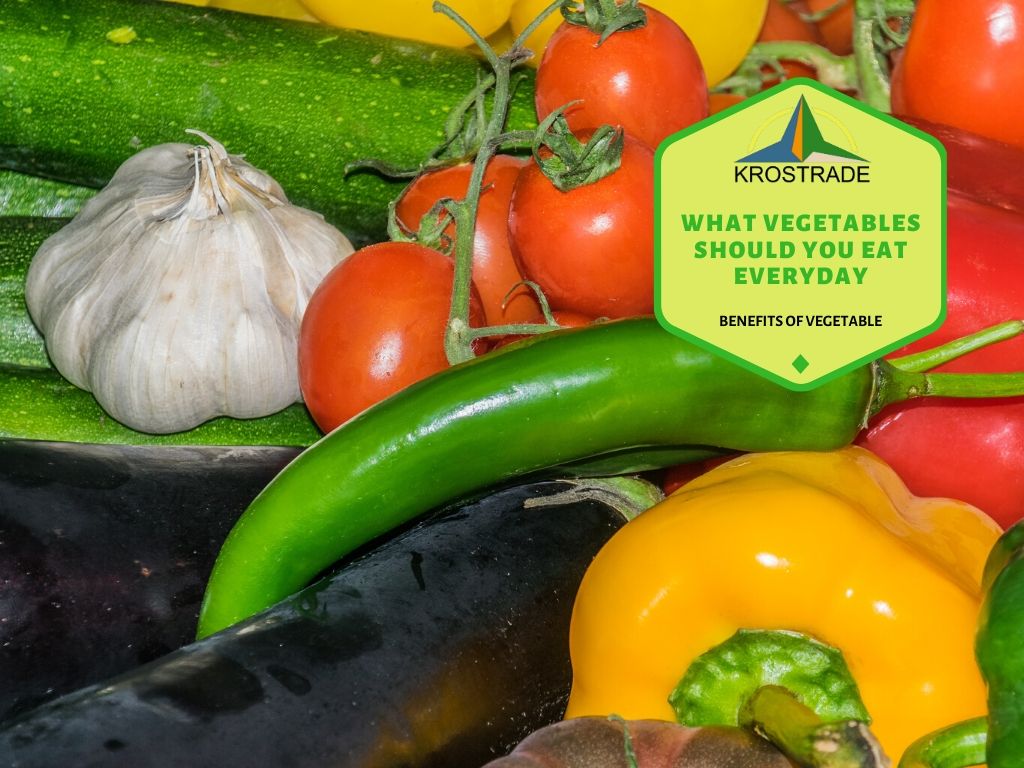
Berries
Berries are rich in antioxidants, and this makes them excellent disease-fighting fruits. In particular, blueberries, cranberries, blackberries, raspberries, and strawberries are delicious but can do your body a favour in neutralising free radicals. We must eat foods rich in antioxidants because free radicals can cause chronic diseases, including cancers.
Berries can be expensive and challenging to acquire all year round. However, you can get your delicious dose of antioxidants by growing them yourself. You can easily control the temperature requirements inside the polytunnel, and you will get an abundant supply of these cancer-fighting fruits year-round.
Lemons
Another fruit that you can add to your diet is lemon. This yellow citrus fruit is a source of flavonoids and vitamin C for protecting the body against free radicals, strengthening the immune system. Drinking citrus juices will protect against diseases like diabetes, atherosclerosis, inflammation, and endothelial dysfunction.
You can also use lemon as a natural remedy against infections and diseases. Taking lemon juice can cleanse the body of toxins by being a diuretic and promoting digestion. You can also take it with water to relieve stress or sore throat.
Greens
Greens are excellent crops to grow yourself to ensure that you will always have access to these nutrient-loaded vegetables. Ranging from kale, spinach, dark lettuces, and bok choy, eating these greens will replenish your body with antioxidants, vitamins, and minerals. They taste edible raw in salads and smoothies, but a simple stir-fry can encourage you to eat your greens every week.
These green leafy vegetables are a good source of nutrients ranging from vitamins C, K, folate, beta-carotene, iron, magnesium, antioxidants, carotenoids, and phytochemicals. All these ents can lower the risk of cancer, brain diseases, diabetes, and overall health. They are excellent in protecting the body against diseases and ensuring that our body systems work efficiently.
Tomatoes
If there’s a fruit that you can consider both as a fruit and vegetable, it’s the delicious tomato. This tasty food is not only easy to grow, but it’s also versatile in different dishes. This way, you improve meals’ taste, but you will also be helping your body to stealthy.
In particular, tomatoes are a good source of lycopene. This antioxidant is beneficial throughout the body from the skin, eyes, digestive system and acts as overall protection against cancer development. Tomatoes are also rich in vitamin C to keep your immune system working correctly against pathogens.
Beans And Legumes
If you’re looking for a filling snack, why not replace your sodium and chemical-loaded chips with beans and legumes. Peas, lentils, chickpeas, and beans are all packed with phytochemicals without adding fat and sodium to your body. They are also a good source of protein, fibre, iron, folic acid, and magnesium,
Consuming these vegetables will lower the risk of developing heart diseases, cancers, and diabetes. They make great low-calorie meals and snacks because they can curve your cravings for unhealthy foods. At the same time, beans and legumes can lower blood cholesterol and stabilise blood sugar to prevent illnesses and manage weight.
Cauliflower
Brassica species like cauliflower, broccoli, and brussels sprouts are very rich in phytochemicals. These compounds play a role in slowing the growth rate of cancer cells, stimulating the immune system, and protecting the body’s cells from damage. You can replace carbohydrates with cauliflower in your diet as well.
Cauliflower is a good source of choline. This chemical is beneficial for the various reactions in the body, including those of the nervous system and movement. Pregnant women should also eat foods rich in choline to ensure the healthy growth and development of the baby.
Horseradish
The spicy root crop, horseradish, is also a good part of eating to beat diseases. It’s worth noting that horseradish has cancer-fighting properties. In particular, it’s a good source of glucosinolates, and they help the body get rid of carcinogens while also suppressing tumours.
Horseradish is also a source of antioxidants such as sinigrin that can prevent the damages caused by free radicals. At the same time, horseradish also has bactericidal properties thanks to its allyl isothiocyanate. This means that this tasty root crop can fight E.coli, Salmonella, and H. pylori from attacking the body.
Garlic
Foods like garlic, onions, and ginger are typically used to enhance the flavour of our meals. However, they are also disease-fighting vegetables. For example, garlic is a good source of antioxidants and can reduce cancer risk and diseases like Alzheimer’s.
Studies have also shown that garlic helps the body’s immune response use; it has antiviral and antibacterial properties. They work by inhibiting the growth of microbes, including bacteria that are resistant to antibiotics. Garlic is also used to protect the body against cardiovascular diseases like atherosclerosis.
Onions
Another easy-to-grow allium is the onion. It is versatile for a lot of dishes, but it also offers different health benefits. Like garlic, onion has antiviral properties. Specifically, onions are a good source of quercetin.
This flavonoid plays a role in protecting the brain and even lowering the risk of cancer. It is also effective in managing blood sugar levels and blood pressure to prevent life-threatening illnesses. And lastly, onion can improve digestive health because it’s rich in fibre.
Ginger
Ginger is another root crop that is a must to have your own at home. It’s useful as a natural remedy for sore throat because it has anti-inflammatory and antibacterial properties. You can also use this flavorful crop for relieving nausea and muscle pain.
Besides gingerol, ginger is also a good source of beta-carotene and capsaicin. Beta-carotene is the precursor of vitamin A for maintaining healthy skin, eyes, and immune system. On the other hand, capsaicin helps with metabolism and supporting our immune defences.
Sage
You can grow your herbs at home to enhance your health and make your dishes extra tasty. A healthy herb, sage, has various medicinal properties, and it’s a common remedy to relieve oneself of cough, sore throats, and cold. You can also benefit from this herb’s antioxidants to strengthen your immune system.
Studies have shown that sage even has antibacterial effects. You can use sage mouthwash to neutralise oral bacteria that can cause cavities. This tasty and fragrant herb has also demonstrated its results in managing blood sugar levels.
Why grow your disease-fighting foods?
You can always buy your food in the market, but growing these crops in your greenhouse in the UK offers more benefits in the long run. You can improve your diet because they will always be available, relieve stress from gardening, and ensure safe produce. Refer to Krostrade.co.uk to know more about polytunnel.
The great thing about fruits and vegetables is that they are easy to grow yourself. They require some knowledge in maintenance, but the results and benefits outnumber the effort you’ll exert. You can even use the cultivation of different variants as a source of consistent income with a greenhouse.
Improve your diet
The best way to improve your diet is by ensuring access to fresh fruits and vegetables. This will only be possible if you’re cultivating these disease-fighting foods yourself in a polytunnel. Indoor farming will allow you to always have different fruits and vegetables in your meals regardless of the season since you can control the conditions inside.
There is also some gratification in knowing you’re the one who grew these crops. As a result, you’ll be more motivated to enjoy them in your meals because you know the labour that produced these healthy foods. And lastly, you’ll notice how much you’re saving in your monthly meal costs when you have your fruits and vegetables in the backyard.
Relieve stress
The act of gardening and physical duties in the UK to maintain the crops is beneficial for physical, mental, and emotional health. Watering, feeding the plants, weeding, transplanting, and all these activities become exercises to keep you from adopting a sedentary lifestyle. It’s also a great way to get your daily sunshine dose with the greenhouse still protecting you from UV rays.
Growing your disease-fighting foods will serve as a stress reliever for your mental and emotional health. There are even studies that gardening increases life satisfaction and reduces depression and anxiety. It can also become a bonding activity for you and your family.
Ensure safe produce
Vegetables and fruits can still post some risk in the way they are raised and handled. Before these healthy foods get in your platter, they can be contaminated by chemicals and pesticides on the farm. It’s also possible for these crops to get infected with E.coli and Salmonella with poor handling and hygiene practices.
When you grow your disease-fighting foods, you can feel assured that what you’re eating is free of any chemical or microbial contamination. You know how they are grown without any chemicals, and you can practice hygiene in handling the foods before consumption. Therefore, all you’ll be getting are the health benefits, and you don’t have to worry about illnesses caused by some practices.
What Are Some Other Disease-Fighting Foods?
Seafood, poultry, and dairy are also disease-fighting foods that must be included in the diet. Alongside the previous fruits and vegetables on the list, you must eat them to improve your health. However, remember that moderation is crucial with these food items.
You must keep track of what you eat every day to maintain a healthy body. This includes checking if you’re consuming too much or too few of a food item. And lastly, minimise your consumption of processed foods and high in fats, sugars, and salts.
Seafood
Seafood is a good source of omega-3 fatty acids, and what this does is that foods like salmon and tuna can lower the risk of heart diseases. Seafood is also high in protein to help reduce fat storage in the body. Some studies showed how the consumption of seafood could help protect the brain against Alzheimer’s as well.
Poultry
Eating poultry like chicken and turkey can help you get iron and zinc. These two minerals are essential for the immune system and the overall functioning of the body. Iron helps with the oxygen-carrying capacity of red blood cells, while zinc is associated with the proper working mechanisms in the immune system.
Dairy
The last food item that makes the list of what to eat to beat diseases is dairy. Dairy foods like milk and cheeses are rich in vitamins and minerals to strengthen the immune system and bone health. However, you can still get your calcium and other nutrients from fruits and vegetables if you are lactose-intolerant.
Conclusion
You can eat to beat diseases in combination with regular exercise. The list of disease-fighting foods comprises berries, lemons, greens, tomatoes, beans and legumes, cauliflower, horseradish, garlic, onions, ginger, and sage. These fruits and vegetables are easy to grow, so it’s possible always to include them in your diet.
At the same time, make sure you’re getting seafood, poultry, and dairy in your meals. All of the foods in this list are rich in nutrients such as vitamins, minerals, and antioxidants. They help with the proper functioning of the processes all over the body while also protecting us against diseases.
Overall, our diet plays a significant role in fighting and preventing diseases. It’s easy to get creative in including them in recipes, so there’s no excuse to prioritise unhealthy meals. It’s also realistic and more comfortable to grow them in the United Kingdom in a polytunnel to improve your diet, relieve stress, and ensure safe produce.




